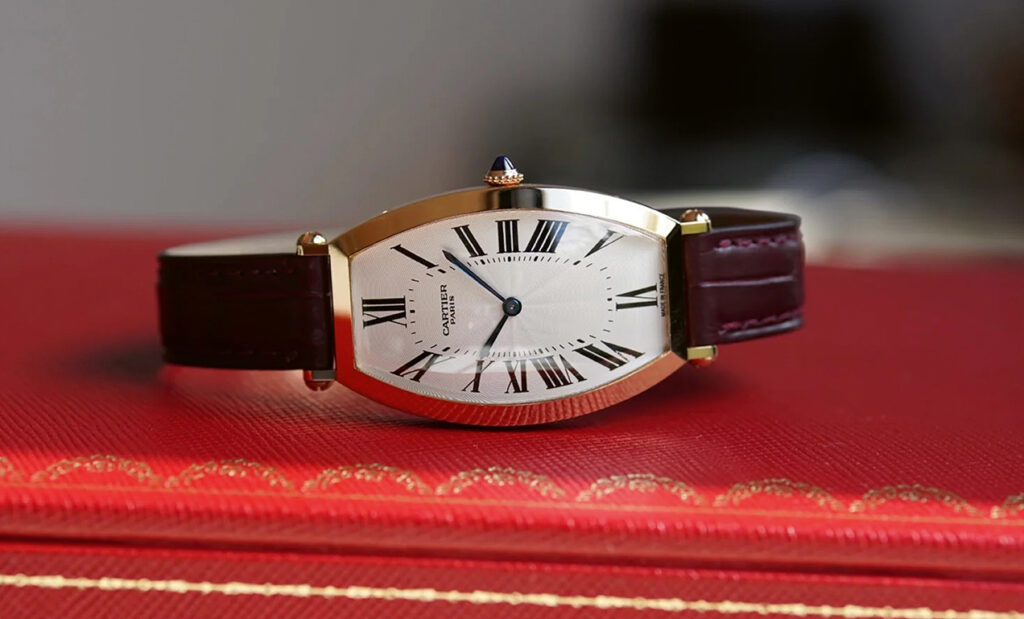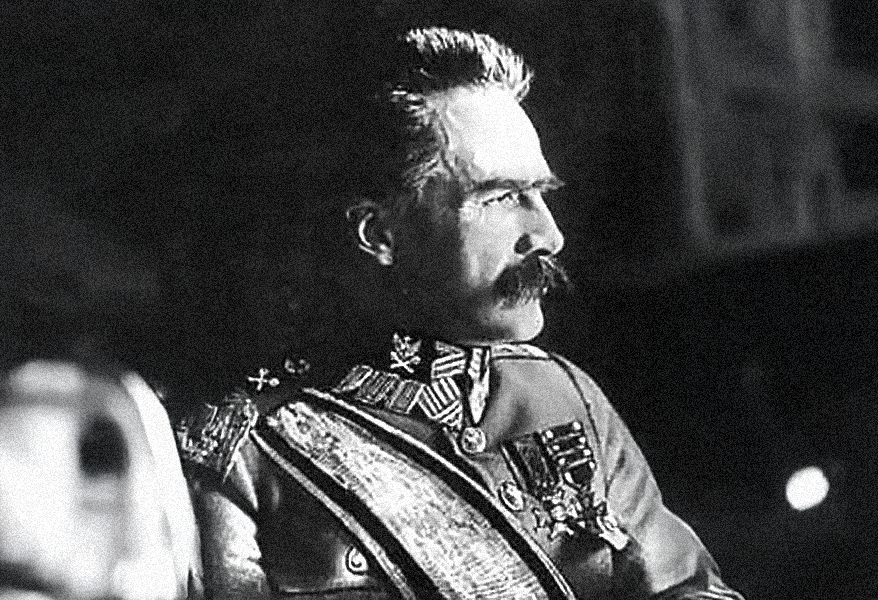Piłsudski Wore a Cartier Tonneau. So Do I!
The Cartier Tonneau is a true design icon—its history, rebellious spirit, and extraordinary elegance make it one of the most fascinating Cartier models to this day. Who knows, maybe with the growing popularity of elegant watches, its time for a grand comeback has finally arrived?
It’s hard to believe this is only my third article, and yet it’s the first time I’m writing about Cartier—even though it’s one of my favorite brands, not just in the watch world. Especially since in recent years, Cartier’s popularity has exploded, and it’s now the second-largest watch brand in the world, right after Rolex.
Let’s get to it! In the watch world dominated by round cases, Cartier is the elegant rebel. Few of its watches follow this “typical” shape—some, like the famous Crash model (resembling a shattered timepiece or something straight out of a Salvador Dalí painting), are wildly popular among global celebrities such as Jay-Z or Timothée Chalamet and don’t follow any conventional shape. Even within Cartier’s own collection, the Tonneau stands out like a renegade challenging the norms—especially those of the 21st century. Its oval shape, like an elongated barrel (French: tonneau), has been captivating watch enthusiasts for years, blending boldness with refinement.
Birth of a Legend
Cartier’s watchmaking history dates back to 1904, when Louis Cartier, the visionary creator, first introduced the “Santos” model. The watch was designed for the Brazilian aviator Alberto Santos-Dumont. The Tonneau was Cartier’s second model, introduced in 1906. Its ergonomic shape and elegant style perfectly reflected the spirit of the Art Deco era. It gained popularity among the most fashionable people of the time, including royalty such as Constantine I, King of Greece, and other members of royal families.
A Rebellious Nature
The Tonneau broke away from the popular round pocket-watch cases of the era. Its barrel shape symbolized independence and nonconformity. Wearing a Tonneau was like a statement of individuality, highlighting the wearer’s refined taste.
The oval case, shaped to fit the wrist, was mounted on lugs with gunsmith-style screws (French: vis armurier). The dial was hand-guillochéd in a pattern converging toward the rose motif characteristic of Cartier, at the center where Breguet-style hands were mounted (later replaced with classic sword-shaped hands). This gave it a unique and elegant appearance, quickly becoming a status symbol for those who wore it. The Tonneau was also a technical feat, as its shape posed challenges in designing and manufacturing the movement and components, including the curved dial and crystal.
For the same reasons, it was never mainstream. Its long case and narrow strap made it appear rather delicate on a man’s wrist. That’s why it was worn by people confident in themselves and their style. But there weren’t many of them.
The Evolution of an Icon
Over the years, Cartier continuously refined the Tonneau line. In 1912, the “Tortue” model was introduced, featuring a more oval shape and flatter case. The Tortue was a milder, more acceptable sibling, while the Tonneau retained its individuality, becoming a symbol of sophistication.
In 1917, the Tonneau was overshadowed by the release of the Tank—the most famous Cartier model. Although watches with shaped cases continued to evolve at Cartier, the Tank and its variants dominated the following decades. Since the 1980s and especially in 1998, Cartier has continued the Tonneau tradition, introducing new models that merge historic heritage with modern design. One example is the Collection Privée Cartier Paris, or CPCP, from 1998–2008, offering various Tonneau models with different complications and materials, including dual-time. As of 2019, Cartier offers three Tonneau models as part of the Privée line.

The Marshal Piłsudski’s Watch
The Cartier Tonneau also has an equally fascinating and lesser-known Polish connection. One of the most exceptional Tonneau watches was gifted to Józef Piłsudski in 1919 by Helena Paderewska, wife of the first Prime Minister of the Second Polish Republic and renowned composer Ignacy Paderewski. It (most likely) has a platinum case, a gold caseback (a Cartier manufacturing custom at the time), and an engraving: “Wilno 20/IV 1919,” commemorating Poland’s recapture of Vilnius in April 1919. Marshal Piłsudski wore this watch on his wrist. After his death, the timepiece was added to the collections of the Józef Piłsudski Museum at Belweder. To this day, it remains a deposit from the Piłsudski family in the collection of the Józef Piłsudski Museum in Sulejówek, serving as a symbol of patriotism and the fight for freedom. The circumstances of the gift and why Helena Paderewska chose Cartier—and specifically the Tonneau model—remain a mystery. I thought I might uncover the answer by reading the book “Wspomnienia 1910–1920” by Helena Paderewska. Unfortunately, it says nothing about the watch. I wonder if the museum or the Piłsudski family knows more.
The Legacy of the Tonneau
Cartier’s Tonneau shape inspired other watchmakers—especially Patek Philippe (Gondolo in 1910), Vacheron Constantin (in the 1910s–1920s), and Omega,
who introduced their own versions a few years later.
The popularity of barrel-shaped watch cases declined from the 1940s to the 1960s, but saw a resurgence in the 1970s. That was the most creative period in watch design, as the watch industry tried to stand out amid the threat of new technologies. During that era, the barrel shape was used in sport watches like the Heuer Autavia and Omega Speedmaster Mark II. Today, this shape is associated with Franck Muller and, of course, the ultra-luxury brand Richard Mille. Between the 1906 Cartier Tonneau and the modern Richard Mille, there are as many differences as there are similarities. This shape has always been for the bold.
My Tonneau
I found my Cartier Tonneau on… Chrono24, a popular platform for buying and selling pre-owned watches. I had just woken up from anesthesia after surgery when I received a message from my friend in Sweden, who shares my passion for Cartiers. He simply wrote: “This watch would suit you.” I clicked the link to the listing and saw it listed as “Cartier Tank gold.” I knew it was a Cartier and gold. The rest of the description made no sense, but I knew
I was onto something interesting. It had
a very intriguing dial. A quick Google search allowed me to identify the text on the dial: Bte. S. G. D. G., which stands for “Breveté Sans Garantie du Gouvernement”— a French legal disclaimer meaning that the government does not guarantee the functionality of the patented device. Such legal markings (similar to “patented” or “patent pending”) can sometimes be found on movements, dials, or cases of other vintage watches, especially Cartiers from that era. I clicked “Buy” and after nearly two weeks of waiting, I received the Cartier Tonneau in my hands. It turned out to be over 100 years old (!), from 1922, and fully original. Piłsudski himself might just as well have worn it!







